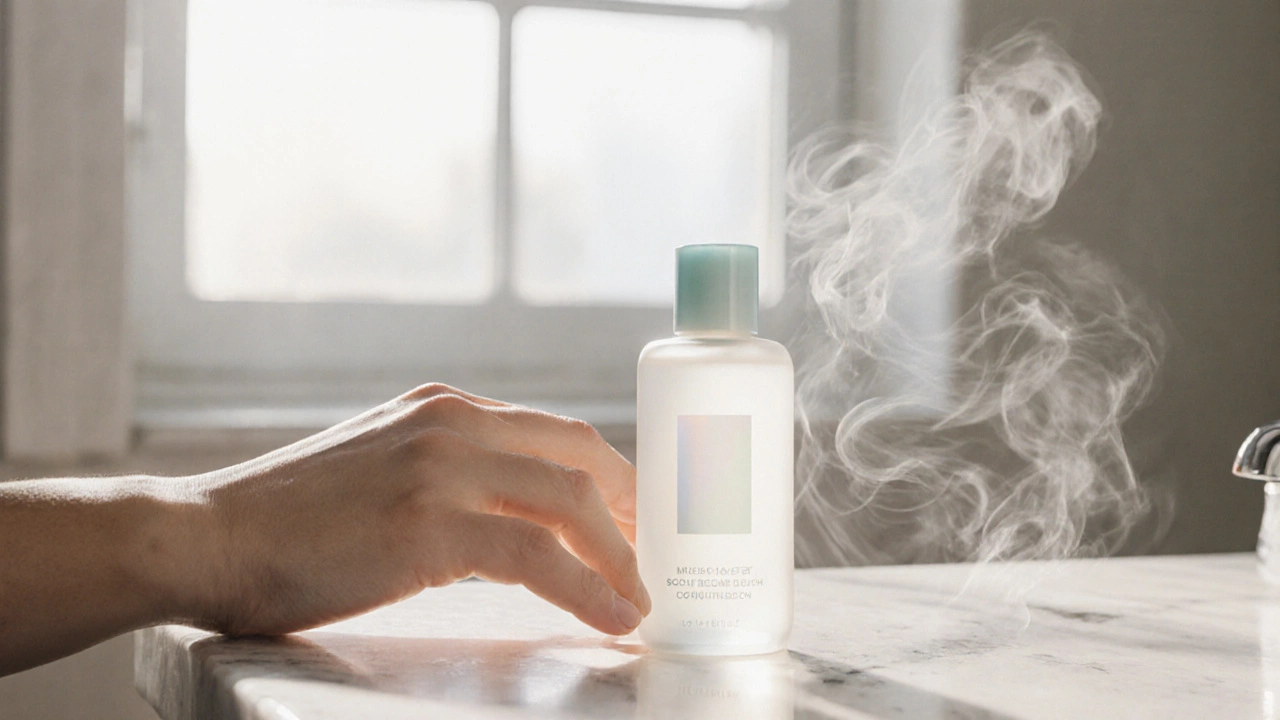Skincare Regulation: What You Need to Know
When working with skincare regulation, the set of laws and guidelines that control how skin‑care products are formulated, labeled, and sold. Also known as cosmetics compliance, it protects consumers and keeps brands on the right side of the market. The United States relies on the FDA, U.S. Food and Drug Administration, the agency that enforces product safety and labeling rules to approve ingredients and oversee manufacturing practices. Across the Atlantic, the EU Cosmetics Regulation, a comprehensive legal framework that sets safety, labeling, and animal‑testing bans for all EU member states, creates a different compliance landscape. Together, these bodies shape a global network where skincare regulation determines what reaches store shelves and how brands communicate benefits to you.
How Core Entities Interact in the Beauty Space
Understanding the interplay between regulation, testing, and product classification is essential for anyone in the industry. Animal testing, the practice of using live animals to assess product safety, is heavily restricted by the EU Cosmetics Regulation and increasingly scrutinized by the FDA. Because of these restrictions, companies must adopt alternative safety methods like in‑vitro testing or computer modeling, which in turn affect how quickly new formulas can launch. Another key player is the concept of cosmetic classification, the process of categorizing a product as a drug, a cosmetic, or a combination based on its intended use and ingredient claims. Classification decides which set of rules applies—drug‑level approvals demand rigorous clinical data, while pure cosmetics follow the less stringent safety assessments outlined by the FDA and EU bodies. The result is a web where regulation influences testing methods, testing shapes classification, and classification directs which regulatory path a product must follow. This chain of cause‑and‑effect ensures that only safe, accurately described products reach consumers.
Below, you’ll find a curated collection of articles that unpack these concepts in real‑world scenarios. From deep dives into whether bath bombs count as cosmetics, to the latest on cruelty‑free certifications and how different regions handle animal testing, the posts give practical guidance for students, professionals, and curious shoppers alike. Use this resource to see how the rules play out on the ground, spot compliance gaps in your own routine, and stay ahead of upcoming regulatory changes. Ready to explore the details? Scroll down to discover the full range of insights we’ve gathered on skincare regulation and related topics.
Is Lotion a Cosmetic? Understand the Classification and What It Means for You
Learn if lotion is classified as a cosmetic or a drug, understand key differences, and get a simple label‑reading checklist.

